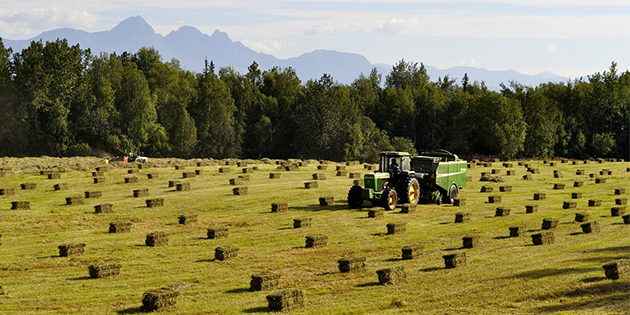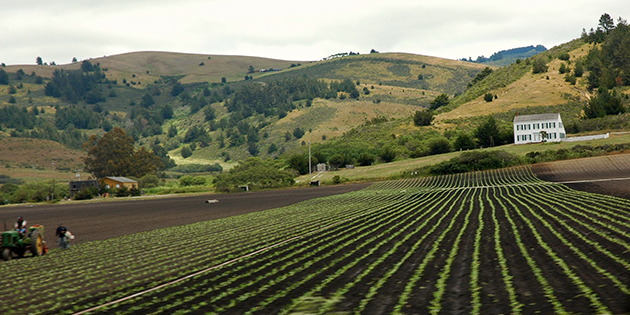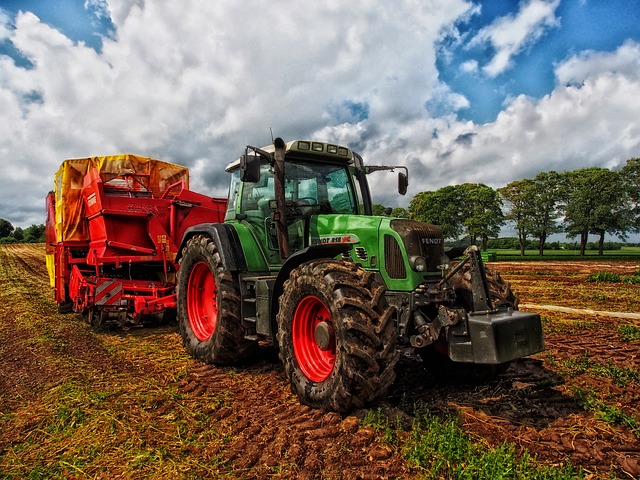When it comes to starting your own Ag business, there are a lot of unknowns. Perhaps the biggest unknown, however, is how you will attract customers.
Unfortunately, no matter how long you remain in business, the quest for new customer never ends. Even those lucky Ag business owners, who are so busy they have to turn away new customers, understand this may not last forever and the need to search out new clients can arise at any time.
While you may believe that your Ag product or service should “sell itself,” in most cases, it won’t. Therefore, no matter how little you can afford, you must dedicate some amount of money for marketing. The key is to make sure that you put your money to good use. In other words, set goals and continually track results to make sure you are meeting those goals.
If you do not invest in marketing, it will be almost impossible to build a client base. Here are some of the best ways to attract new customers—whether you have been in business a few weeks or a few years:
- Watch conversions like a hawk. Every marketing campaign must be tracked to see what methods work the best. If a particular promotion works well, for example a 20 percent discount on a regular-priced item, keep it going. If you find that the response to a particular promotion is low, switch gears and reinvest those marketing dollars into another strategy.
- Don’t skimp on content marketing. Quality content helps to establish your brand as a thought leader in your industry and attracts visitors to your website. The problem is, if the content is poor, or your posts sporadic, people will quickly move on. If you don’t have the time or ability to write compelling content, you should consider partnering with a marketing solutions firm well-versed in Ag issues to write your content for you.
- Take a hard look at your pricing model. Sometimes you are charging too much and people just can’t afford your product or services. Conversely, if your prices are too low people may view your products as poorly made. It may take some research but you need to discover at what price point the most sales are made.
- Use promo codes and referral programs. These types of programs can really pay off when it comes to getting customers and sales leads to make their first purchase. Once they do, however, it will be easier for you sell to them again and again.
- Get social. Find out the names of the key thought leaders in the Ag industry and follow them on social media. Engage with these thought leaders, retweet and favorite their tweets, and share their Facebook posts. Chances are they will return the favor, garnering more attention for your business. Further, you should always encourage customers and visitors to your website to follow you on social media so you can connect and engage with them.
Finally, while it has been said over and over again, it costs much more to acquire a new customer than it does to keep a current one. Once you gain a new customer, offer the type of products and customer service that will keep these farmers and ranchers coming back for more.




